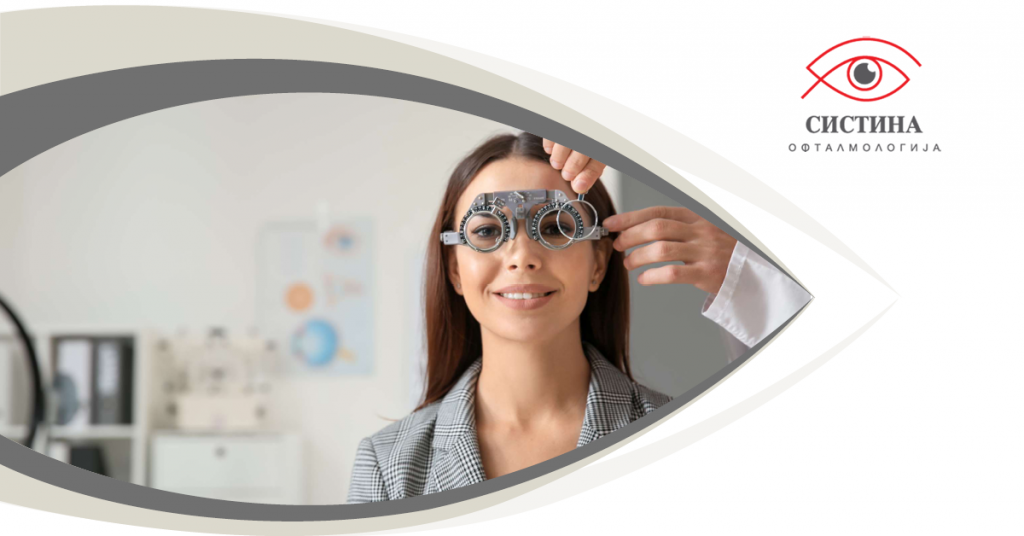
Have you been to an ophthalmologist and heard the terms myopia, hyperopia, astigmatism, and presbyopia? Even though you wear glasses or contact lenses, are you still not sure what exactly the term diopter means?
By definition: a unit of measurement of the refractive power of a lens equal to the reciprocity of the focal length in meters.
The human eye has a natural lens that is responsible for sharpening the image and which sends the visual signals to the retina where the image is completely formed.
A diopter is a measure of how well your lens is capable of sharpening the image you see. That ability determines whether you are short-sighted or far-sighted.
What does that mean?
-
Short-sightedness
Short-sightedness
You are short-sighted if you see objects clearly in the immediate vicinity, and all distant objects are blurred. It can be inherited and often progresses rapidly in adolescence. It is corrected with minus diopter.
-
Far-sightedness
Far-sightedness
Far-sightedness is when objects in close proximity are blurry or difficult to read. It may be hereditary, but it can be normalized and reduced during childhood. It is corrected with a plus diopter.
- Astigmatism (cylinder)
Astigmatism, known as a cylinder, occurs due to the asymmetry of the cornea or the front of the eye. In normal cases the cornea is evenly curved while in astigmatism one side of the cornea is more curved than the other. Astigmatism can be a plus or a minus.
-
Presbyopia
Presbyopia
Presbyopia or age-related diopter is part of the natural aging process of the eye. It most often begins to occur in people in their early forties. It occurs due to a decrease in the function of the eye muscles that “bend” the natural lens (the lens has the shape of a disc when viewed from a distance, and looks like a ball when viewed close up).
- Is diopter corrected?
The diopter can be corrected with glasses, contact lenses, which should be worn constantly or with a final solution – to remove the diopter with refractive surgery. Diopter correction glasses and contact lenses are eye aids that you will need to wear carefully and follow the rules for wearing them. Eye aids help you see but do not remove the diopter. While with refractive surgery: laser diopter correction, multifocal lenses, and implantable lenses, you remove the diopter and no longer need to wear glasses or contact lenses. The decision for your eyesight is in your hands. We are here to help you make the right choice for the health of your eye and to see clearly.
